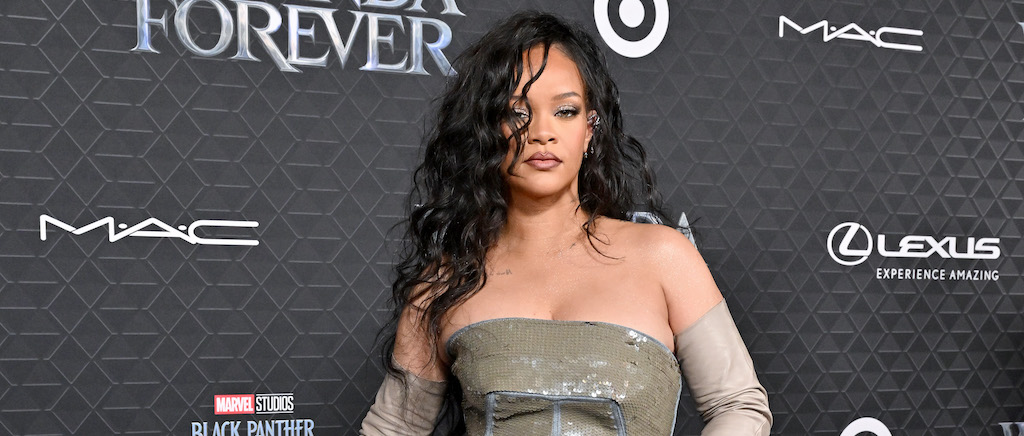
Before he was the Mayor of New York City, Donald Trump’s lapdog, or the pathetic man whose head sprung a leak in the midst of a press conference, Rudy Giuliani was a lawyer. And up until he became a personal lawyer to then-president Trump, he still was a lawyer. But Rudy’s willingness to coddle Trump’s fragile ego at all costs — including, but not limited to, allegedly encouraging Trump to just claim victory in the 2020 presidential election (which he lost) and helping the former president try to convince the world that the election (which, again, he lost) was rigged.
While Trump has, at least for the moment, managed to escape any long-term damage for his attempts to change the results of a perfectly legitimate presidential election and incite a riot to overturn democracy as we know it, Rudy hasn’t been so lucky. At the moment, the disgraced former lawyer — who has had his license to practice law revoked in both New York and Washington, D.C. — is scheduled to go before the District of Columbia’s Office of Disciplinary Counsel for a hearing in early December to defend himself against legal ethics violations.
As Bloomberg reports, the ex-lawyer’s lawyers are planning to call as many as 16 witnesses (Rudy among them) to testify that Giuliani did nothing wrong. While Team Rudy is only allowed to call expert witnesses at this stage of the game, the Office of Disciplinary Counsel isn’t buying that nearly a third of the names Rudy’s lawyers have submitted qualify as actual “experts” in the matters they’re scheduled to discuss.
The office is objecting to five names on Rudy’s list of potential witnesses, as they say that Giuliani’s lawyers failed to provide the necessary paperwork to confirm these people as “experts.” As Zoe Tillman writes for Bloomberg:
Giuliani’s witness list features Trump allies who boosted election denial claims. His lawyers offered short summaries of what each person would testify about, noting some who would discuss “voting irregularities” and “alleged illegalities.” There has been no evidence of widespread fraud in the election and dozens of courts rejected challenges to President Joe Biden’s wins in key states, including Pennsylvania.
Expert testimony typically gets greater weight in legal proceedings. Courts — or, in this case, a special committee that hears evidence in attorney discipline cases and makes recommendations — require parties to prove an expert’s qualifications. Experts typically prepare written reports about what they plan to testify about, and the opposing side can review that and challenge their expertise.
Bloomberg cites former Trump adviser Peter Navarro as one of the witnesses who has raised a red flag. Earlier this month, The Guardian reported that Giuliani was attempting to recruit a whole slew of the most infamous Trump election deniers, including Navarro, Pennsylvania gubernatorial candidate Doug Mastriano, kooky Trump campaign lawyer Jenna Ellis (who may or may not have inhaled one of Rudy’s farts), and former Trump campaign manager/disgraced MAGA stooge Corey Lewandowski.
Retired judges John Leventhal and Barry Kamins, who are serving as Giuliani’s lawyers, did not respond to Bloomberg with a comment on the story.
(Via Bloomberg)

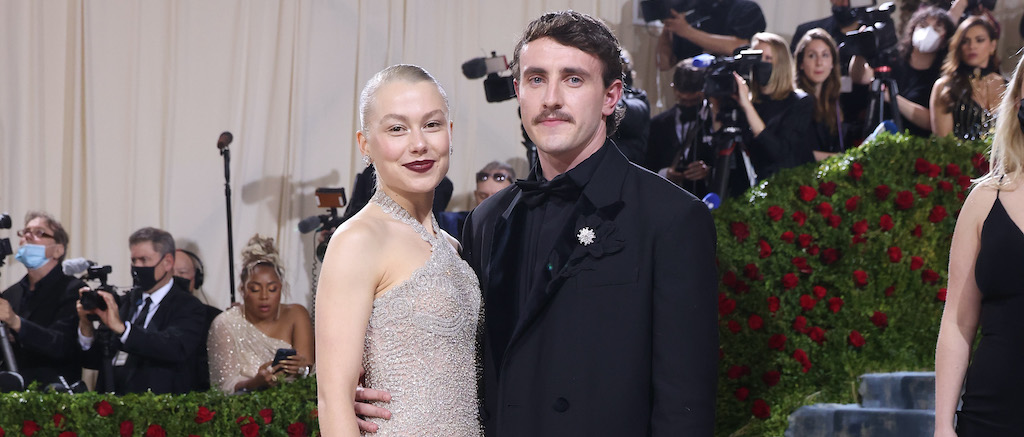
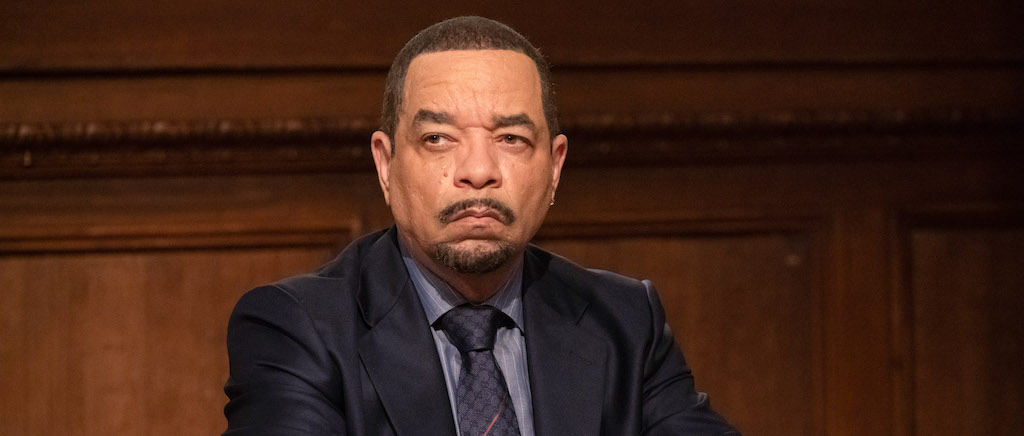

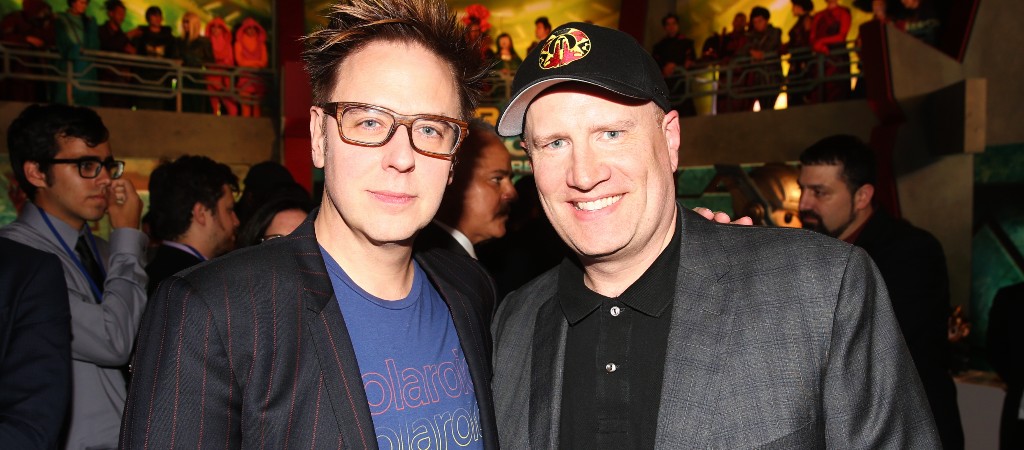
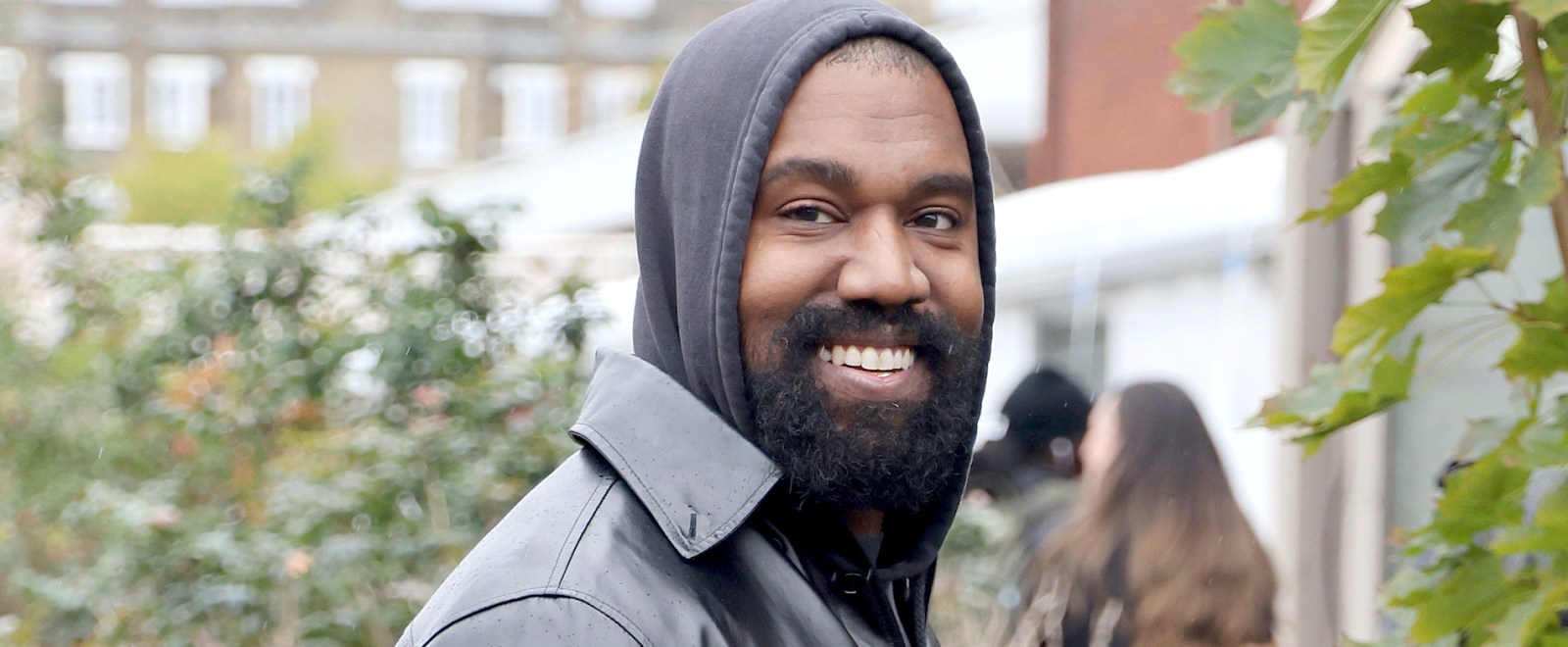
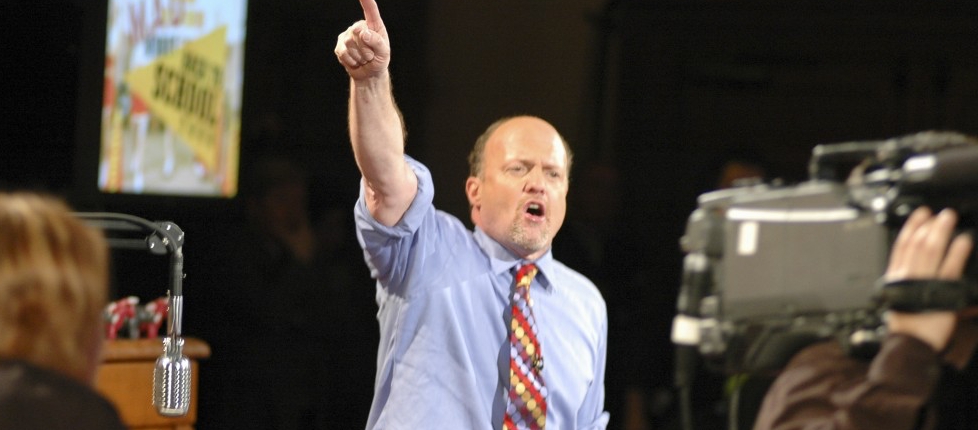


 Sp
Sp ceD(
ceD( ,
, 
 (@spaceman_008)
(@spaceman_008) 
 music…
music…


